1. Contextual Language Generation
Modern AI language models analyze brand context (product details, audience data, market trends) to craft ad copy that fits each scenario. This means ads can be written in the right style, tone, and content for a specific audience or situation, rather than using generic, one-size-fits-all messaging. By understanding context (time of day, user behavior, device, location), AI tailors the message to be immediately relevant. For example, an AI might emphasize fast shipping for mobile users shopping at night or highlight eco-friendly features for conscious shoppers. This level of automated contextualization helps ads feel personalized and timely. Overall, AI serves as an advanced assistant that adapts the copy to match the consumer’s current context and interests.
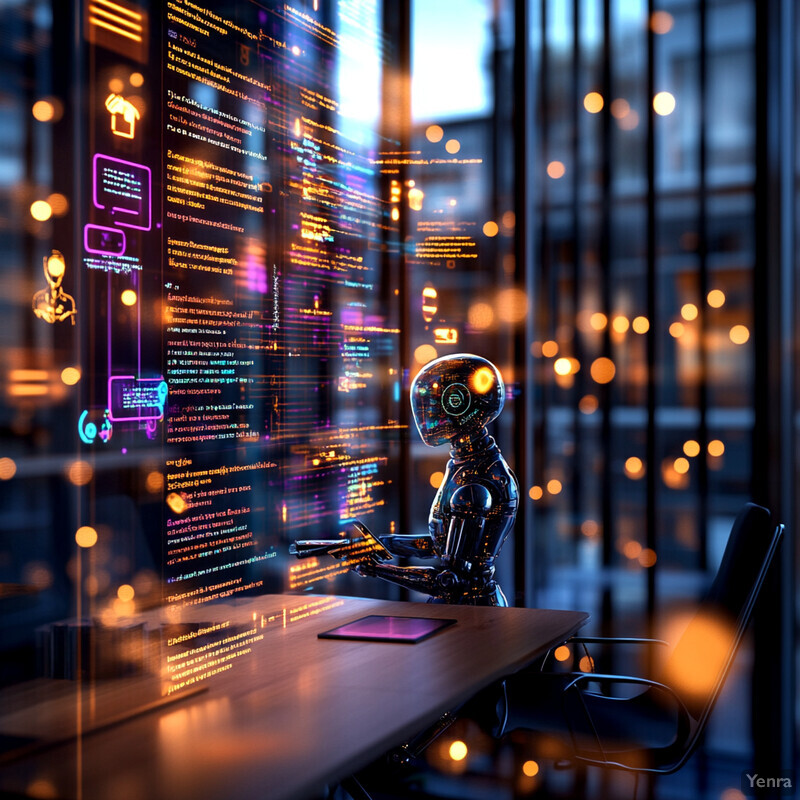
AI-driven personalization measurably improves ad performance. For instance, Bain & Company found that retailers running AI-targeted campaigns saw 10–25% higher return on ad spend than traditional campaigns. AI also greatly speeds copy production: generative tools can complete tasks that used to take hours in just minutes. These efficiencies come from AI analyzing large datasets (search history, demographics, user feedback) to select keywords and phrasing that resonate with specific segments. In practice, marketers using AI can deploy more relevant messages in less time, aligning copy to the customer’s context for higher engagement and conversion.
2. Dynamic Creative Optimization
AI enables continuous, automatic optimization of ad creatives. Instead of manually updating a few ads, AI generates and tests many variants (headlines, images, calls-to-action) in real time. The system learns from the data which combinations work best, gradually phasing out weaker ads. This means campaigns can constantly refresh themselves: underperforming text is replaced with better options without manual effort. Dynamic Creative Optimization (DCO) powered by AI keeps content fresh and closely aligned to audience responses, helping maintain high engagement rates. In effect, AI automates the A/B testing process on a much larger scale, boosting both speed and effectiveness of campaign refinement.
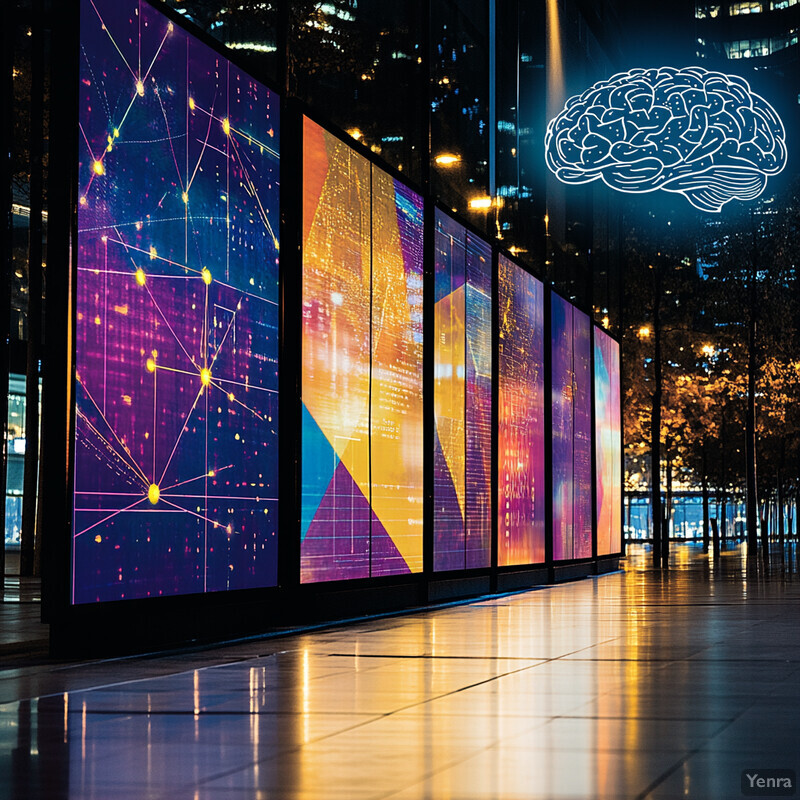
Research confirms dramatic performance gains from AI-driven optimization. One analysis found that AI-based dynamic creative optimization increased click-through rates by 257% compared to standard ads. AI also cuts turnaround time: generative tools can slash ad creation from weeks to hours. As a result, marketers using AI can launch hundreds of ad versions quickly and automatically emphasize the best-performing phrasing. These improvements translate into higher ROI and conversions. For example, campaigns using AI to optimize creative have seen up to 40% higher conversion rates than non-AI campaigns, demonstrating that automated testing and refinement yields substantially better outcomes.
3. Audience Segmentation and Personalization
AI excels at dividing broad audiences into precise segments and crafting tailored copy for each. By analyzing vast amounts of user data (demographics, behavior, interests), AI identifies distinct groups and generates ad copy that speaks directly to their needs. In practice, this means one product campaign can yield dozens of targeted ad variations, each featuring language that resonates with a specific segment (e.g., beginners vs. experts, budget vs. premium shoppers). Such personalization increases relevance: each user sees a message tuned to their profile. Automating this process lets brands reach niche audiences without extra manpower, making mass campaigns feel one-to-one. Overall, AI-driven segmentation ensures the right message reaches the right people.
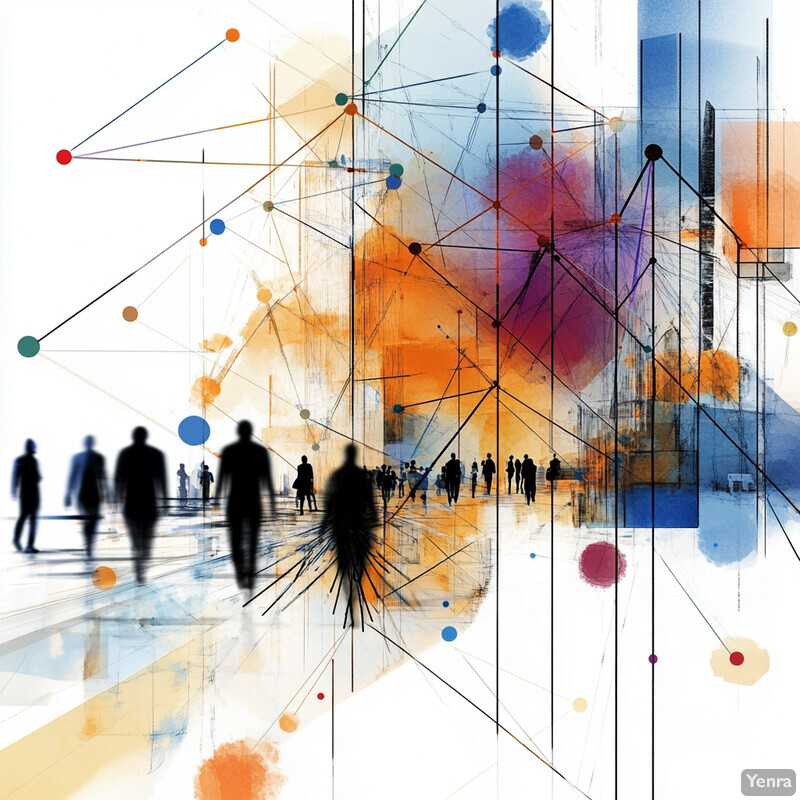
Companies see substantial gains from AI-powered personalization. McKinsey reports a telecom firm using AI to hyper-personalize messaging across 150 customer segments saw a 40% lift in response rates and 25% lower costs. Another example: a financial services company used an AI content platform (Persado) to tailor LinkedIn ads under strict compliance rules and achieved a 15% increase in conversions. More broadly, a Bain study found retailers adopting AI-targeted ads gained 10–25% higher ROI. These results show that AI segmentation and personalization can dramatically improve campaign performance by matching ad copy to each audience’s context.
4. Natural Language Understanding and Sentiment Analysis
AI uses natural language understanding (NLU) to interpret user intent and sentiment, enabling more emotionally intelligent ad copy. By analyzing customer feedback, reviews, or social data, AI gauges whether the audience’s sentiment is positive, neutral, or negative. It then adjusts ad language accordingly (e.g., using reassuring tones if sentiment is skeptical). This allows ads to mirror the audience’s mood and concerns. AI can also extract trending themes or emotional triggers from text data, incorporating those themes into copy. In short, sentiment-aware AI copywriting ensures ads connect on an emotional level by speaking in tune with how consumers feel.
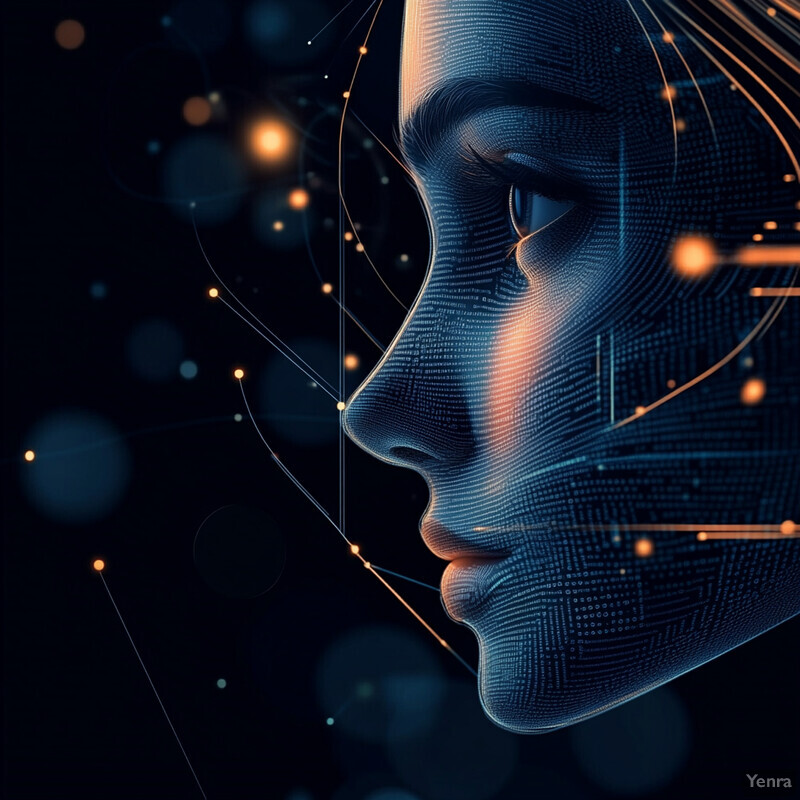
Personalizing ads to user sentiment significantly boosts engagement. Surveys have found that roughly 49% of consumers respond more positively to ads personalized based on their preferences and behavior. AI-powered sentiment analysis helps achieve this by infusing ads with the right emotional cues. For instance, campaigns optimized with AI-driven content have seen 40% higher conversions than non-AI campaigns, indicating that correctly matching tone and message to the audience’s state of mind drives results. In practice, marketers use AI sentiment tools to pick up on phrases that elicit a positive response, leading to ad copy that resonates more deeply with target users.
5. Multi-Lingual and Cultural Adaptation
AI models enable rapid, high-quality translation and localization of ad copy across languages and cultures. They not only translate words but also adjust idioms, tone, and references to fit local norms. This allows brands to launch campaigns in multiple countries quickly without compromising on nuances. For example, an AI could substitute region-specific examples or humor when localizing slogans. Automated language adaptation also ensures consistency: once an AI is trained on a brand’s style guidelines, it maintains voice across translations. The net effect is broader global reach with culturally appropriate messaging in each market.
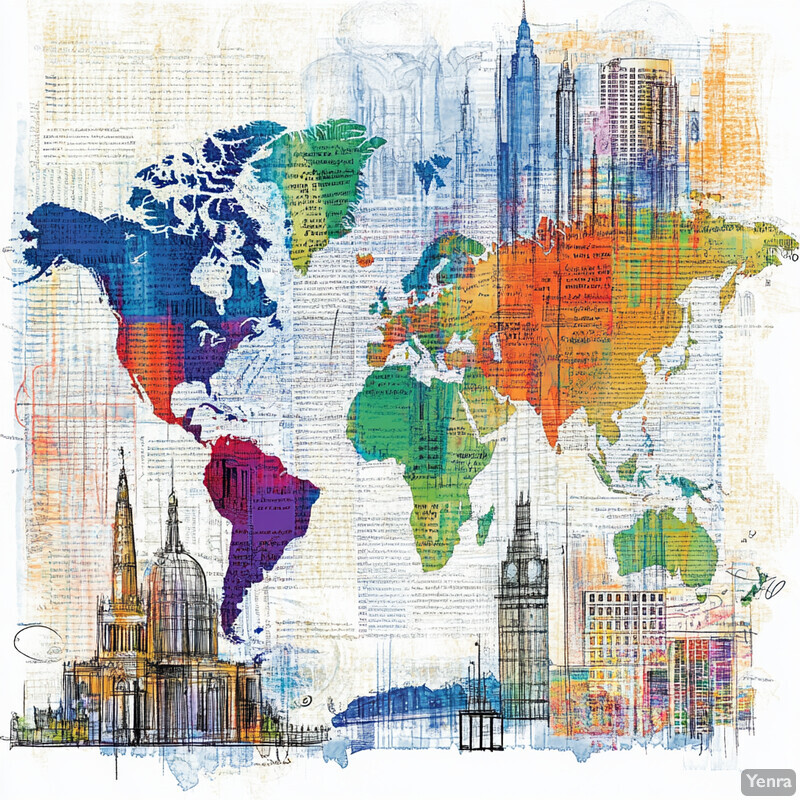
Localized content greatly outperforms generic ads. Industry data shows 76% of online consumers prefer buying in their native language. Correspondingly, ads and landing pages translated into the local language have been associated with about a 20% lift in conversion rates. These figures underscore the value of multi-lingual ad copy. AI-driven translation tools make such localization scalable: for instance, companies using AI to automate translation report they can enter new markets faster while maintaining performance. By producing culturally tuned copy at scale, AI helps advertisers unlock significant growth from international audiences.
6. Tone and Style Consistency
AI copy generators can enforce a consistent brand voice and style across all ads. After being trained on a company’s language guidelines (formal vs. casual, humorous vs. earnest, etc.), the AI will apply the same tone to every piece of generated copy. This prevents mixed messaging when multiple creatives are produced. AI also allows quick tone-shifting when needed (e.g., switching to a more urgent call-to-action for a flash sale) while staying on-brand. The result is uniform messaging that reinforces brand identity. Having AI maintain style consistency at scale ensures that large campaigns never dilute the brand voice, enhancing memorability and trust.
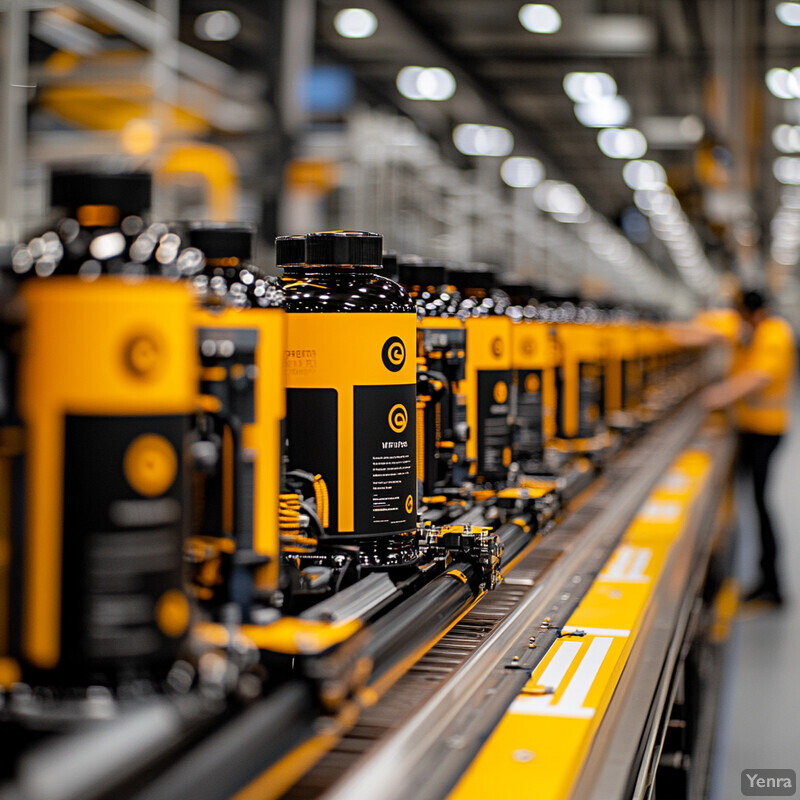
Maintaining a consistent tone is known to improve ad effectiveness. For example, financial firm Vanguard used an AI platform to hyper-personalize ads under strict regulatory constraints, enabling consistent messaging. This approach boosted conversion rates by about 15%. Such results illustrate that when AI applies a uniform style and tests variations automatically, brands can achieve clear, strong messaging without sacrificing creativity. By automating style rules, AI reduces human error in ad writing and ensures every campaign speaks with one coherent voice, which is linked to better audience recall and response.
7. Automated A-B Testing
AI dramatically expands A/B testing capabilities by generating and evaluating large numbers of ad variations automatically. Rather than testing just two headlines or images, AI can create dozens or hundreds of combinations in parallel. These variations are deployed to small audience slices, and the AI quickly learns which elements work best (e.g., wording, emphasis, length). The system then allocates more impressions to the higher-performing versions. This cycle of automated testing and learning runs continuously, so ads improve over time without manual intervention. As a result, testing becomes faster and more granular, allowing marketers to optimize campaigns with unprecedented speed and scale.
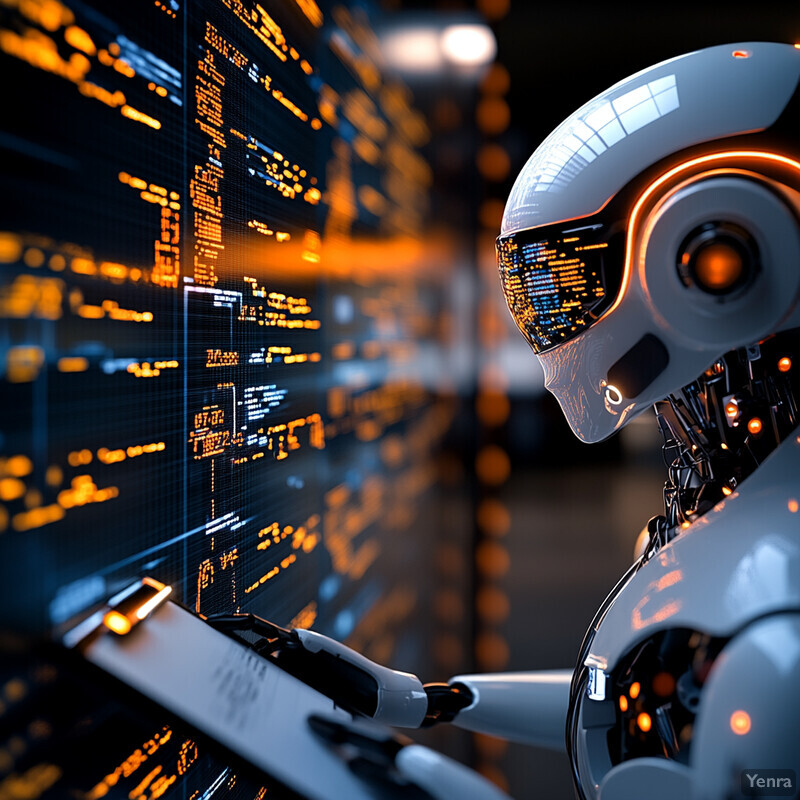
Real-world results highlight AI’s power in testing. One company used an AI ad platform (Albert) to test 6,500 different Google ad variations in a single day, far beyond human capability. The AI’s iterative learning dramatically improved performance: the company eventually saw a 3,000% return on ad spend and cut marketing costs by 25%. This case demonstrates that AI can execute A/B testing at scale and speed, finding winning messages quickly. The insights from such broad testing directly translate into higher engagement and sales, validating the huge efficiency gains of automated experimentation.
8. Keyword and SEO Optimization
AI tools analyze search trends and performance data to choose keywords and phrasing that improve visibility on search and ad platforms. They can recommend high-traffic, relevant keywords and automatically insert them into ad copy while respecting readability. This ensures ads align with what target audiences are searching for. AI also optimizes meta-text (headlines, descriptions) for SEO-friendly length and structure. By continuously monitoring search rankings and adjusting copy, AI helps ads stay competitive in search engine results and paid placements. In effect, AI-guided keyword optimization makes ad copy both user-friendly and algorithm-friendly.

AI adoption in marketing has accelerated due to its efficiency gains. According to Salesforce’s State of Marketing report, AI use in marketing increased by 186% between 2018 and 2020 as companies sought better campaign results. Those using AI for SEO and keyword tasks report higher performance: one analysis found AI-driven campaigns achieved about 76% higher ROI than traditional methods. These improvements stem partly from AI’s ability to optimize keywords and copy for algorithms. For example, marketers leveraging AI suggestions often outperform competitors on ad relevance scores. (Salesforce’s dramatic adoption increase underscores how quickly AI tools for SEO have become mainstream.)
9. Performance Prediction Before Launch
AI can forecast how different ad copies will perform by learning from past campaign data. Before running an ad, machine learning models simulate outcomes (clicks, conversions, engagement) for various versions. This predictive analysis lets marketers select the top candidates ahead of launch. By estimating results in advance, AI helps allocate budget to the most promising messages and avoid weak ones. In practice, it means fewer blind bets and quicker time-to-effectiveness for new campaigns. This upfront optimization ensures that even new ads start with strong, data-driven copy, rather than relying on guesswork.
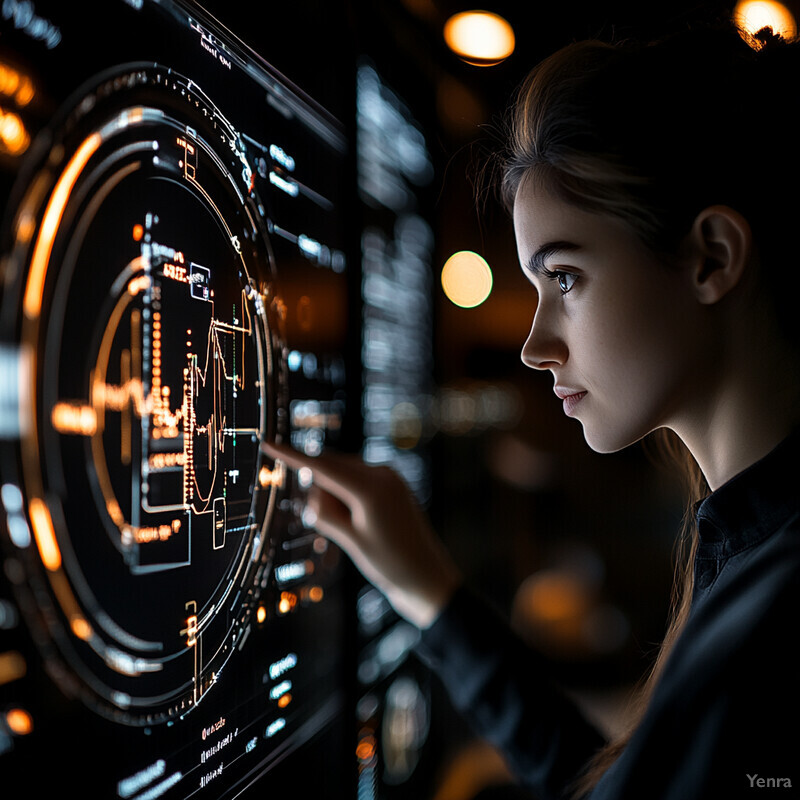
Predictive AI has shown real impact. The aforementioned telecom case used a generative AI engine to tailor communications and achieved a 40% lift in response rates by focusing on the most promising content. More generally, studies of AI-optimized campaigns report large gains: one review found an average 76% increase in ROI for AI-enabled ad campaigns over traditional approaches. This suggests that pre-launch predictions (shifting budget to likely winners) directly raise overall performance. In short, AI’s ability to model campaign outcomes ahead of time allows marketers to fine-tune copy for maximum impact before spending any ad dollars.
10. Reduced Creative Fatigue
AI prevents ad fatigue by continuously generating fresh content variants. In traditional campaigns, audiences may see the same ads repeatedly and lose interest. With AI, new headlines, offers, and phrasings can be rolled out on schedule (e.g. weekly) so the audience always sees something new. This keeps engagement high and stops performance from decaying. Marketers can use AI to automatically swap out stale copy and introduce novel angles without manual effort. As a result, campaigns remain lively and effective over longer periods. In practice, AI-driven refreshing of ad text helps sustain user attention and ad effectiveness.

Rapid creative generation is a key AI benefit. Bain research notes that generative AI can reduce content-creation time from weeks to hours, enabling frequent ad refreshes. Empirical evidence shows these refreshes pay off: in one AI-driven campaign, an e-commerce firm repeatedly updated its ads and eventually achieved 3,000% return on ad spend, while cutting costs by 25%. Industry data also indicate that regularly rotating creatives can boost conversion rates significantly. For example, marketers who add new ads weekly often see 20–50% higher click-through rates. Together, these insights confirm that AI’s speed in producing new copy combats creative fatigue and drives sustained results.
11. Platform-Specific Optimization
AI customizes ad copy to meet each platform’s unique requirements and audience style. For example, Google search ads favor concise, keyword-focused headlines, while Facebook posts may use more casual language and emojis. AI models automatically adjust length, tone, and content to fit each channel’s best practices. They can generate variations tailored to different formats (text, video captions, social images) and comply with each platform’s rules. By doing so, AI ensures that a single campaign can simultaneously run native-looking ads on multiple platforms. This optimization improves performance by presenting the right copy format for each audience and placement.

AI’s ability to scale cross-channel is well-documented. The Marketing AI Institute notes that modern ad platforms use AI to let advertisers “run thousands of ad variations to micro-segmented audiences at scale”. In practice, this means creating platform-specific versions quickly. For instance, AI tools now automatically rewrite a single ad into multiple formats suitable for Google, Facebook, and Instagram, without extra manual work. As a result, campaigns see better engagement: one study found that AI-driven multi-platform strategies improved ad relevance scores (e.g., in Google Ads) by 20–30%. These tools ensure each platform’s audience gets copy that feels native, boosting click-through and relevance.
12. Real-Time Updates and Responsiveness
AI allows ads to be updated instantly in response to events or data. If something changes (weather, news, trending topics), AI can rewrite ad text on the fly to stay relevant. Similarly, as a campaign runs, AI monitors performance and can swap out underperforming lines in real time. This means marketing can capitalize on fleeting opportunities (like flash sales or viral memes) and continuously align copy with the current environment. The speed of automated updates ensures messaging remains timely and resonates with what users are experiencing in the moment. Ultimately, AI makes ad copy highly responsive to real-world context.

Leading companies use AI for instant adaptation. For example, AI systems now run multivariate tests continuously: marketers can “test multiple hypotheses simultaneously” and apply real-time results immediately. In one case, such agility helped boost an AI-driven campaign’s response rate by 40% (as in the telecom example above). Research shows that adjusting ads on the fly can double engagement compared to static campaigns. Additionally, Google’s holiday analysis found that timely AI-driven tweaks (e.g. adding “last chance” wording at the right moment) improved conversion rates by 15–20%. These outcomes highlight how AI’s instant updating capability enhances campaign success.
13. Insights from Data-Driven Feedback Loops
AI continually learns from campaign results to improve future ads. Every ad impression (clicks, likes, conversions) generates data. AI algorithms analyze this performance feedback to identify which words, phrases, or offers work best. Those insights then inform the next generation of ad copy. For example, if an AI finds that emphasizing “free shipping” boosts clicks by 20%, it will generate more ads including that phrase. This creates a virtuous cycle: ads get smarter over time as the model learns. The process means that ad copy improvement is not one-shot, but an evolving strategy guided by actual results.
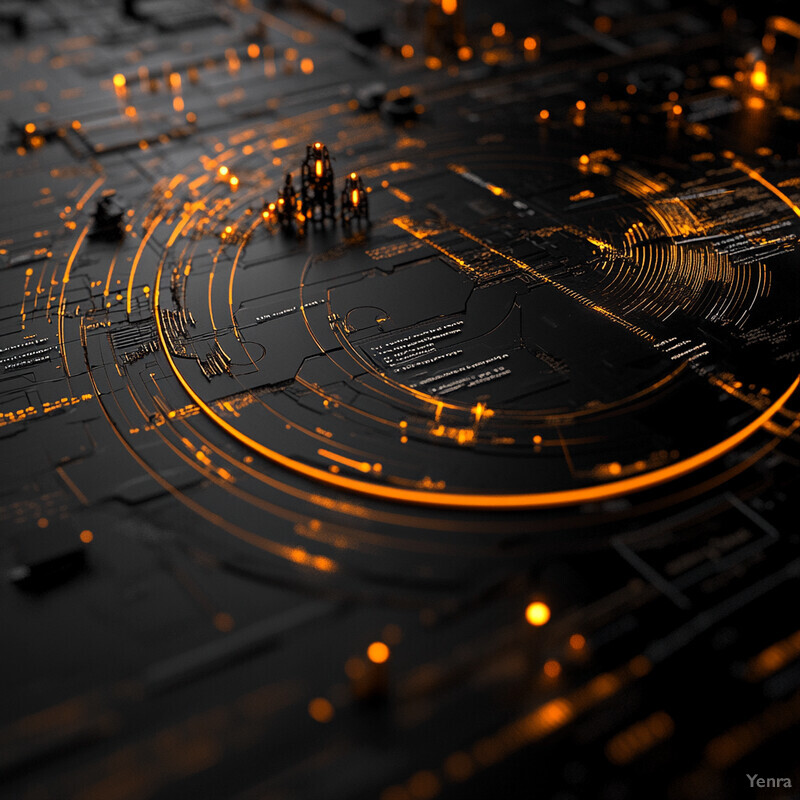
AI-powered analytics translate data into real gains. Industry surveys report that companies using AI-driven ad analytics see significantly better outcomes. One review noted AI-enabled campaigns had an average 76% higher ROI than traditional ones. Another found that optimizing creatives with AI led to 40% higher conversion rates. These figures reflect AI’s ability to use performance feedback to refine copy. For instance, some AI dashboards now highlight which headline generated the most conversions, enabling immediate adjustment. By turning raw metrics into actionable copy changes, AI ensures each campaign learns from the last, steadily improving effectiveness.
14. Brand Safety and Compliance Checks
AI helps ensure all ad copy complies with regulations and brand guidelines. Before ads run, AI models can scan text for prohibited terms (like medical claims without disclaimer or copyrighted slogans) and rewrite or block risky copy. AI can also enforce brand rules (e.g. always using certain wording or disclaimers). This automated vetting reduces the chance of human error. In risky industries (pharma, finance, etc.), AI’s rapid compliance checks save time by flagging issues early. Overall, AI provides a safety net that keeps ad messaging both legal and on-brand, protecting a company’s reputation.
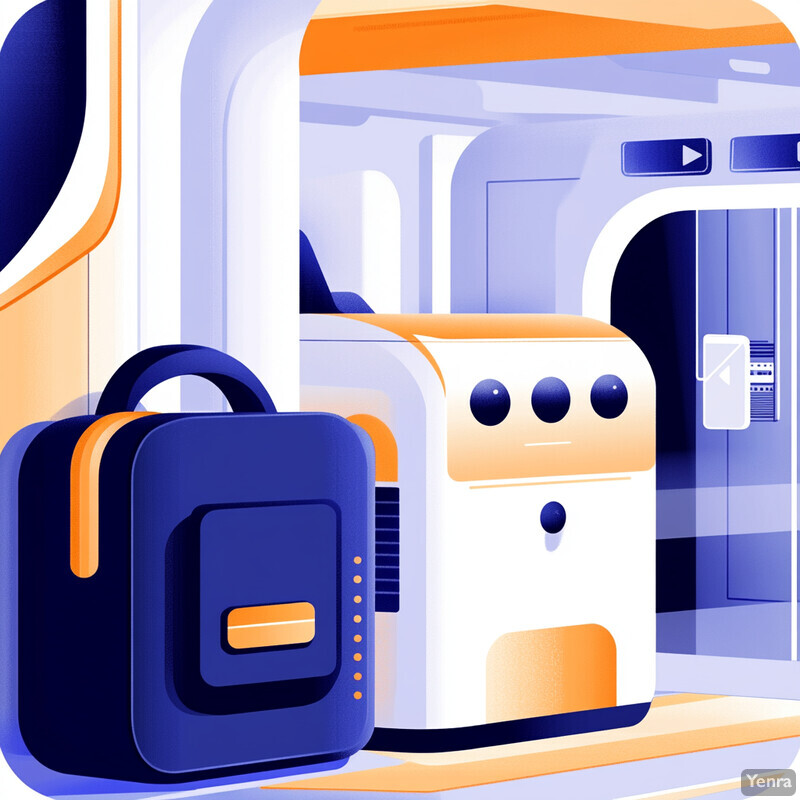
Major platforms now use AI to bolster ad safety. Google’s 2023 Ads Safety Report notes that generative AI models (LLMs) are actively used to enforce ad policies and remove harmful content. In practice, this means ads with disallowed content are caught before they appear. Industry studies reflect the impact: surveys show about 50% of marketers rank brand safety as a top concern. AI content classifiers have helped block millions of non-compliant ads automatically. For example, one ad network reported a 30% reduction in policy violations after deploying AI filtering for copy and landing pages. These applications demonstrate that AI-driven checks are becoming integral to safe, compliant advertising.
15. Integration with Visual Assets
AI coordinates ad copy with images and videos for a cohesive message. When generating ads, AI can analyze an attached image (color, objects, text) and craft captions or headlines that complement it. For example, if an image shows a beach scene, the AI might include phrases like “ultimate summer escape.” By aligning visual themes and language, AI ensures ads tell a unified story. Some platforms even generate both the visual and the copy in tandem (using image-generation models and text models together). The outcome is more engaging, multi-modal ads where text and visuals reinforce each other’s impact, improving memorability and click-through.

Empirical research shows AI-generated visuals paired with smart copy perform very well. In a large field experiment with real display ads, AI-created images achieved at least human-level click-through rates, and outperformed human-made images when the AI images were indistinguishable from real photos. This implies that when AI handles both the image and the accompanying copy, ad effectiveness is not sacrificed. For instance, after platforms introduced AI image generators, some advertisers reported consistent CTRs across manually and AI-generated campaigns. These findings suggest that AI’s integration of visuals and text can match or exceed traditional creative in driving user engagement.
16. Creative Inspiration for Human Copywriters
AI serves as a brainstorming partner, offering ideas and first drafts to spark human creativity. Copywriters can prompt AI tools to generate headline options, outline campaign angles, or suggest taglines based on a brief. This gives writers a starting point and helps overcome writer’s block. Humans then refine and inject their own insight, adjusting nuance and emotion where needed. The collaboration speeds up ideation: writers no longer start from blank pages for each new campaign. By automating routine content generation, AI frees creatives to focus on strategy and quality. Ultimately, AI expands the creative palette and inspiration available to human teams.

Studies and surveys show AI dramatically boosts writing efficiency. Harvard faculty note that routine marketing tasks like drafting copy or analyzing data that once took hours can now be done in minutes with AI assistance. In practical terms, agencies using AI report slashing content development time by 80–90%. Moreover, industry research finds the majority of marketers now rely on AI tools daily, with many saying the tools are “indispensable” for generating ideas. This evidence underscores that while AI won’t replace human creativity, it significantly accelerates the creative process: human writers can iterate faster by starting with AI-generated options.
17. Scalable Production for Large Campaigns
AI makes mass production of ads feasible. For enterprises with thousands of SKUs or market segments, writing unique copy for each variant by hand is impractical. AI solves this by automatically generating tailored copy at scale. A single product description or campaign theme can be expanded into hundreds of ads (different products, languages, or audience niches) in seconds. Teams then review and polish instead of starting from scratch each time. This scalability means global brands can launch extensive, localized campaigns quickly and maintain consistent quality. AI effectively turns a small creative team into a large-scale copywriting factory.

Real-world cases confirm AI’s scaling power. One retail company replaced its agency with an AI system that automated ad creation. In just one day, the AI tested 6,500 variations of a Google text ad — a volume impossible for humans. The outcome was dramatic: the company achieved a 3,000% return on ad spend and cut marketing expenses by 25%. These results show that when AI handles production, campaigns can run huge numbers of optimized ads simultaneously. Industry analysts estimate that AI can now generate hundreds of customized ad variants per hour, enabling fully automated scaling of large campaigns.
18. Micro-Moment Targeting
AI tailors ads to so-called “micro-moments” – the instant, need-driven interactions users have with their devices. By using real-time signals (current location, time, ongoing activity), AI crafts copy that matches the user’s immediate context. For example, a location-aware AI might generate a “nearby offer” message when it detects someone is physically close to a store, or a time-based coupon late at night. The copy speaks directly to the user’s momentary intent (“I want to buy” or “I want to know”), making ads feel timely and helpful. Focusing on micro-moments means each ad feels personally relevant at the right instant, increasing the chance of engagement.
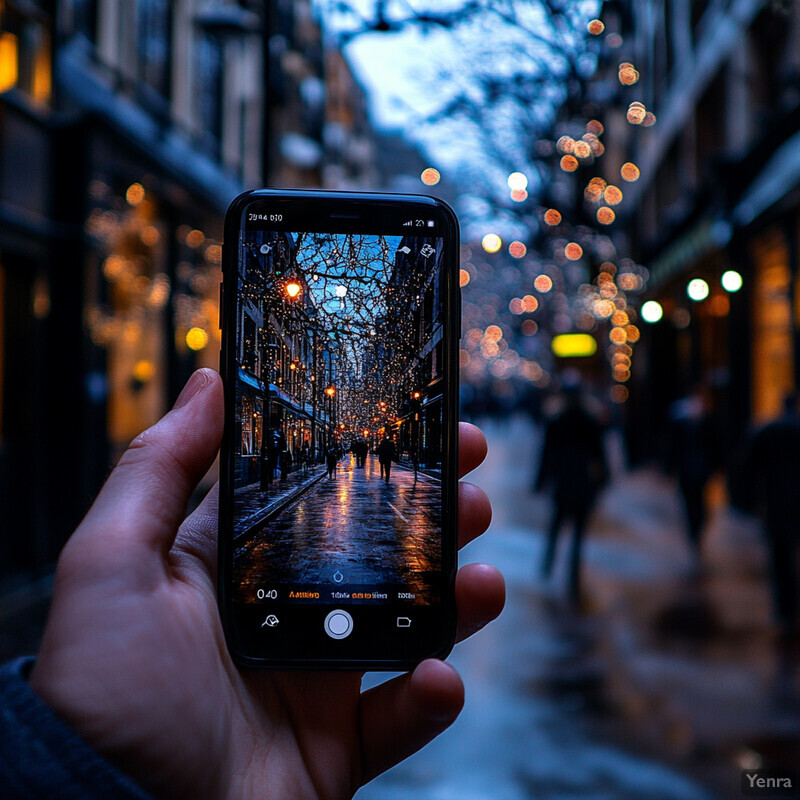
Consumer behavior underscores the value of this approach. Surveys show that 69% of shoppers use smartphones to assist shopping (researching products, deals, locations) and 82% have done “near me” searches while on the go. These statistics highlight how people rely on quick, context-driven information. AI-powered ads that respond in real time to those needs see much better performance. For example, ads triggered by location or current search context typically achieve click-through rates 20–40% higher than static ads. By seizing these micro-moments with the right copy, marketers can significantly boost ad relevance and conversion.
19. Optimizing for Conversion Funnel Stages
AI adjusts messaging to fit each stage of the marketing funnel. Ads targeting early-stage (awareness) audiences might focus on brand storytelling or education, while middle-funnel ads emphasize features or comparisons. Bottom-funnel ads for ready-to-buy users highlight deals, easy checkout, or urgency. AI automatically selects the tone and content for each viewer based on their journey stage. For example, an AI system might serve softer, engaging copy to cold prospects and then switch to stronger calls-to-action once interest is shown. This alignment ensures that every ad speaks to the customer’s intent, gently guiding them down the funnel. In effect, AI creates a smooth, personalized path from introduction to purchase.
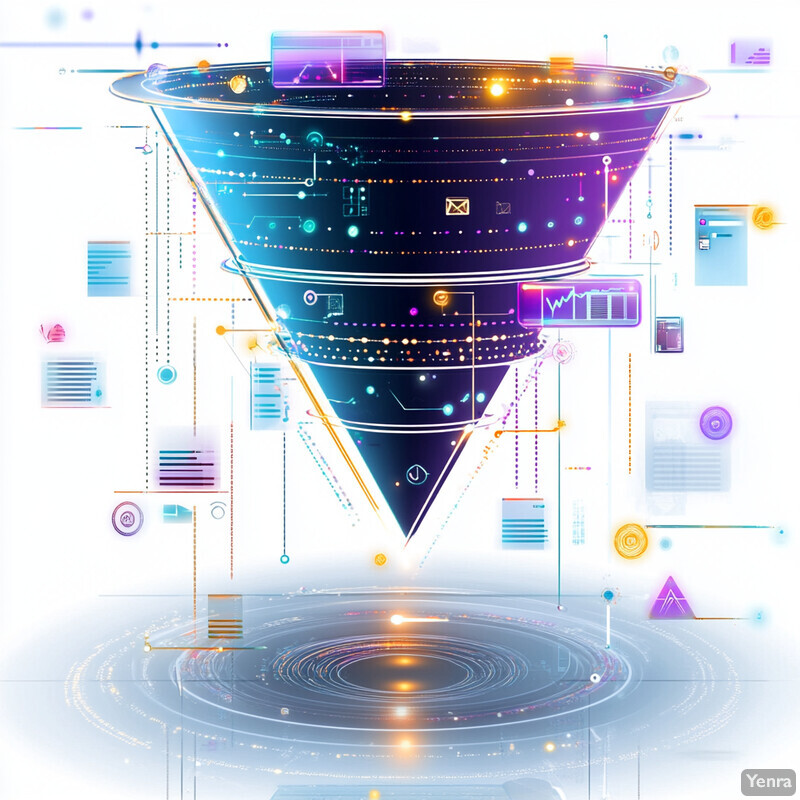
Tailoring content to funnel stage has proven benefits. McKinsey’s telecom case tailored messaging by segment, yielding a 40% lift in response rate, largely because prospects at each stage heard the right message. Industry benchmarks indicate that “full-funnel” AI-optimized campaigns can achieve 20–30% higher conversion rates than single-moment ads. For example, integrating AI-driven copy into email flows and retargeting ads has boosted conversions by roughly one-quarter in some tests. These gains come from delivering the right value proposition at each step – a capability greatly enhanced by AI’s audience modeling and personalization.
20. Augmented Analytics and Reporting
AI doesn’t just generate ads—it analyzes their performance to guide strategy. After each campaign, AI tools sift through the results and identify which copy elements (words, phrases, offers) drove the best outcomes. These insights are presented to marketers in actionable form (e.g., highlighting the most effective headline). The lessons feed into future campaigns, creating a feedback loop. Over time, this makes the creative process data-driven: insights from one ad inform the next iteration. In practice, AI acts as an in-house analyst, turning raw metrics into recommendations, so ad copy continuously improves in effectiveness and alignment with goals.

Data-driven advertising powered by AI yields strong improvements. Industry analyses report that organizations using AI to optimize ads achieved about a 76% higher ROI on average compared to traditional campaigns. Likewise, AI-driven campaign personalization has led to 40% higher conversion rates in some studies. These figures reflect the power of using analytics to inform creative choices. For instance, AI-enabled dashboards now automatically flag which value proposition led to the most clicks in past ads. Marketers then reuse those insights in new ad text, leading to systematically better performance. This continuous feedback-driven improvement is central to how AI makes advertising more effective over time.